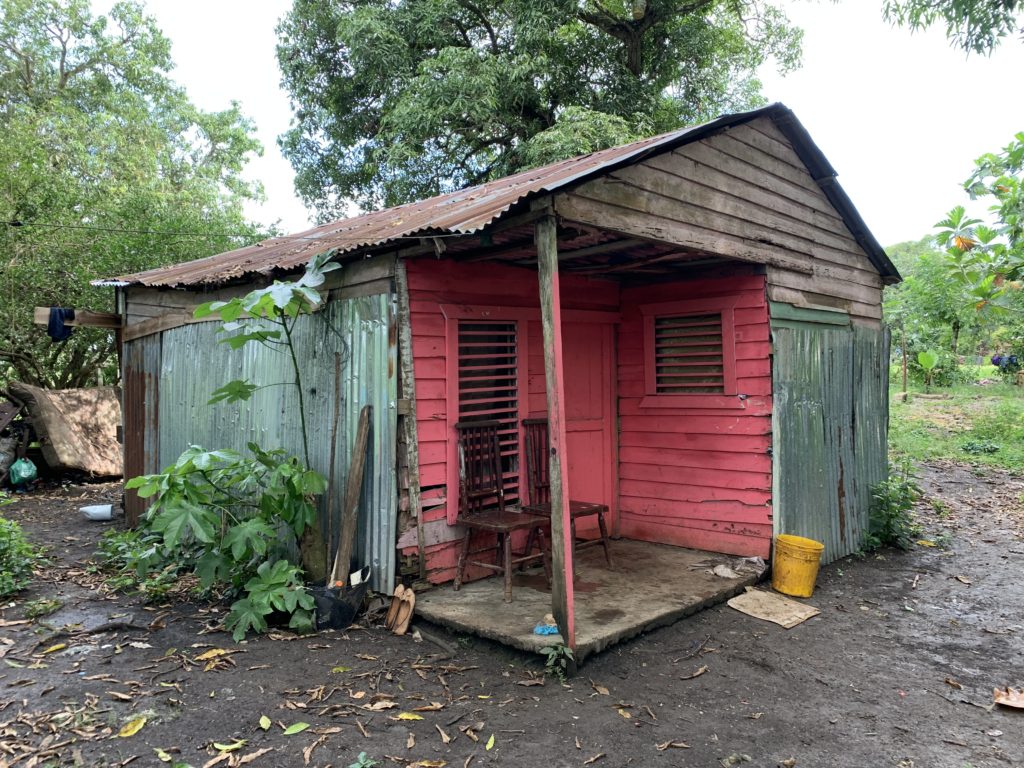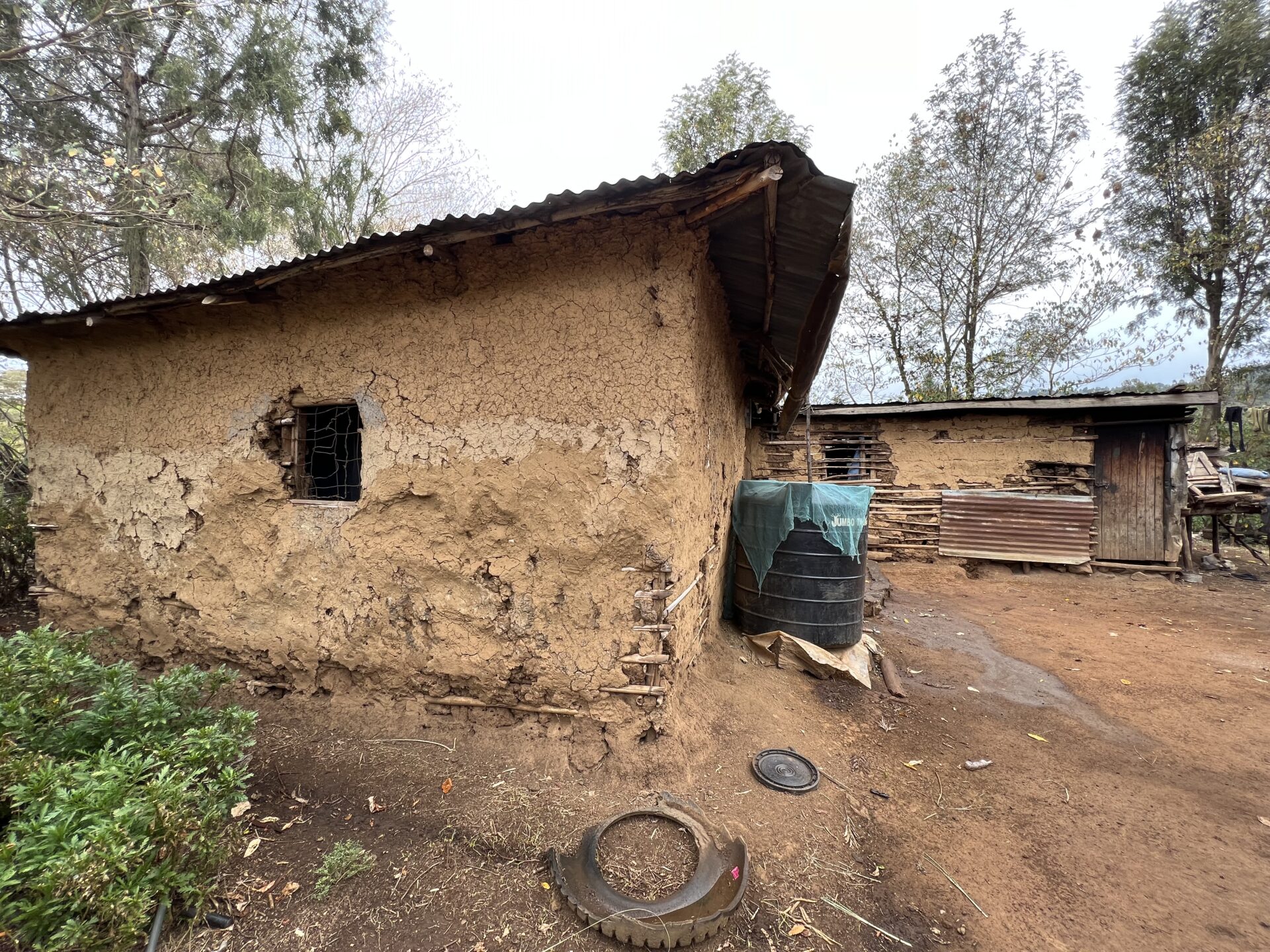Sadly, this is the reality for so many of the world’s families born into under-developed countries, in an absence of a vital, thriving economy and living in a quiet stagnancy where economic development fails to descend.
WHO?
The ultra poor are a people group typically unable to meet their basic needs and are defined asthose living on $2.00 per day or LESS. They lack physical, human, and financial assets and social networks to elevate themselves to a level of dignified living. What they lack materially, has a devastating direct impact both on physical and mental health, as well as generational development.
WHERE?
The ultra poor usually live in under-developed countries without means of economic stimulation,communities, which the United Nations defines as a slum.
Slums are characterized as having[1]:
- Inadequate access to safe water;
- Inadequate access to sanitation and infrastructure;
- Poor structural quality of housing;
- Overcrowding; and,
- Insecure residential status.
Most communicable diseases are associated with the conditions that characterize
slums, and indeed, substandard housing in developed countries.
See Our Solution
[1] UN Habitat for a better future. 2014. ‘Housing & slum upgrading’


